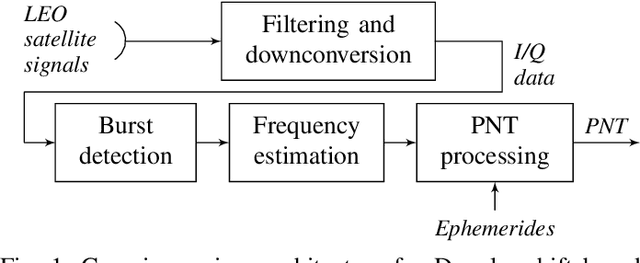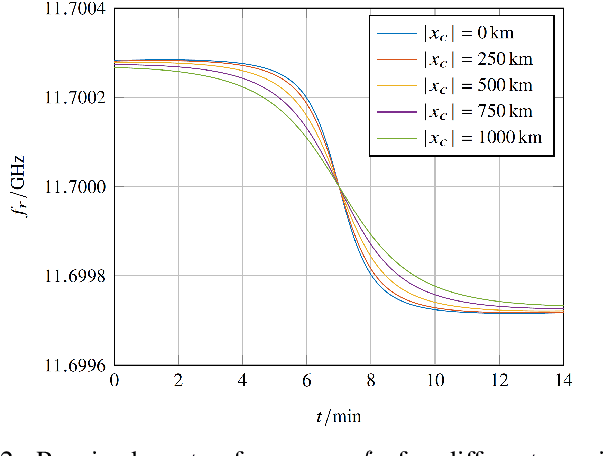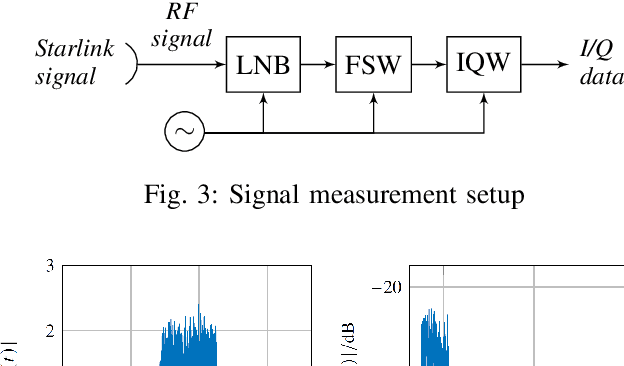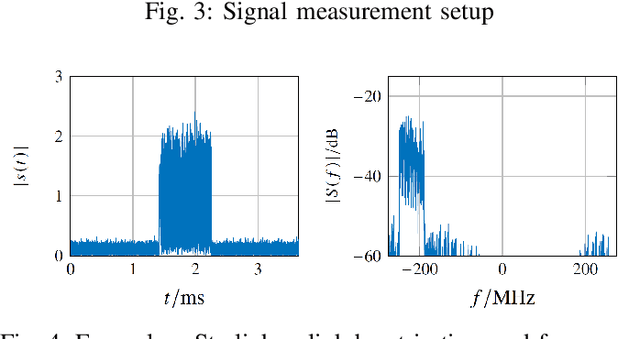Christian A. Hofmann
LEO-PNT With Starlink: Development of a Burst Detection Algorithm Based on Signal Measurements
Apr 19, 2023



Abstract:Due to the strong dependency of our societies onGlobal Navigation Satellite Systems and their vulnerability to outages, there is an urgent need for additional navigation systems. A possible approach for such an additional system uses the communication signals of the emerging LEO satellite mega-constellations as signals of opportunity. The Doppler shift of those signals is leveraged to calculate positioning, navigation and timing information. Therefore the signals have to be detected and the frequency has to be estimated. In this paper, we present the results of Starlink signal measurements. The results are used to develope a novel correlation-based detection algorithm for Starlink burst signals. The carrier frequency of the detected bursts is measured and the attainable positioning accuracy is estimated. It is shown, that the presented algorithms are applicable for a navigation solution in an operationally relevant setup using an omnidirectional antenna.
 Add to Chrome
Add to Chrome Add to Firefox
Add to Firefox Add to Edge
Add to Edge